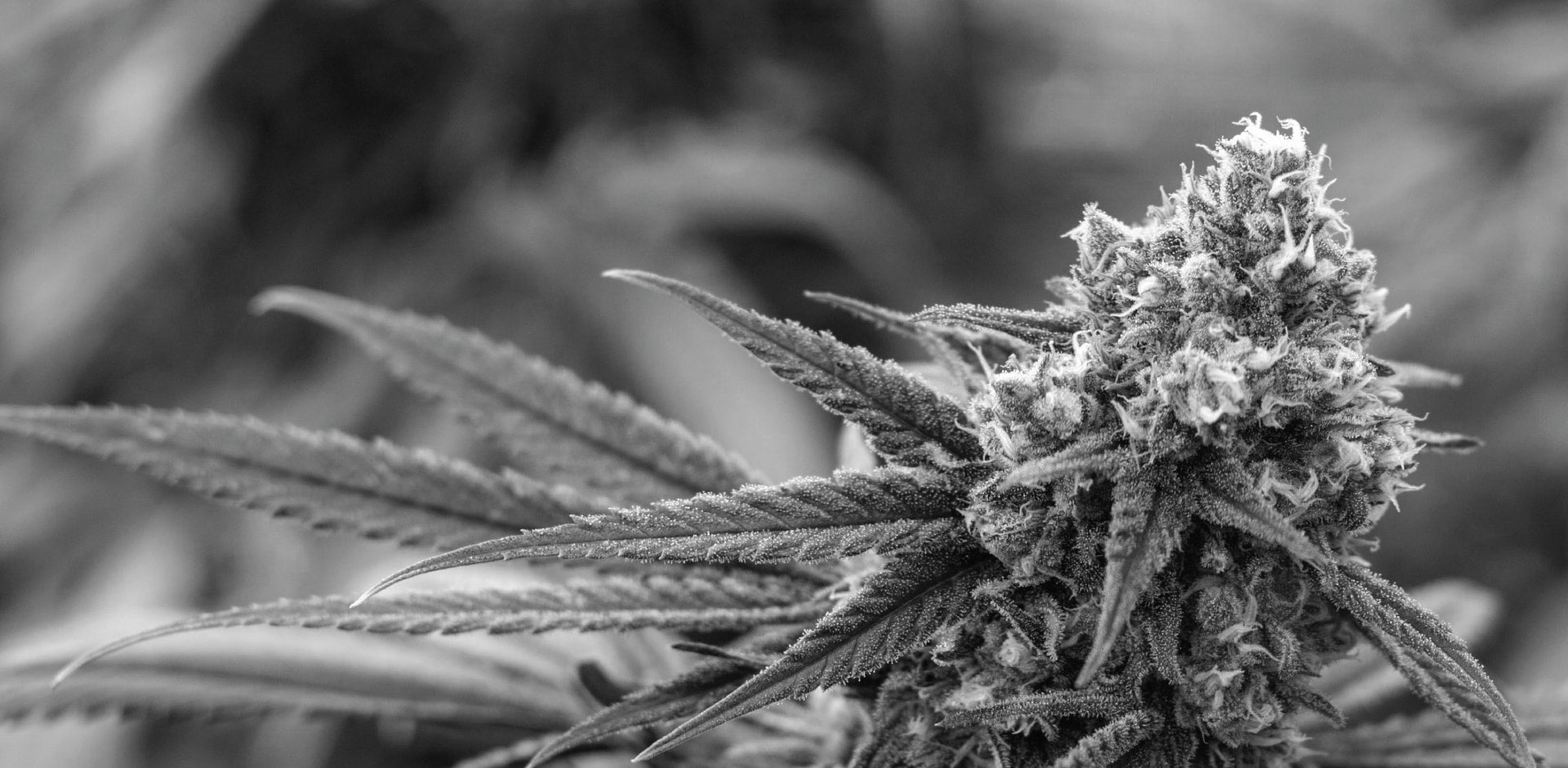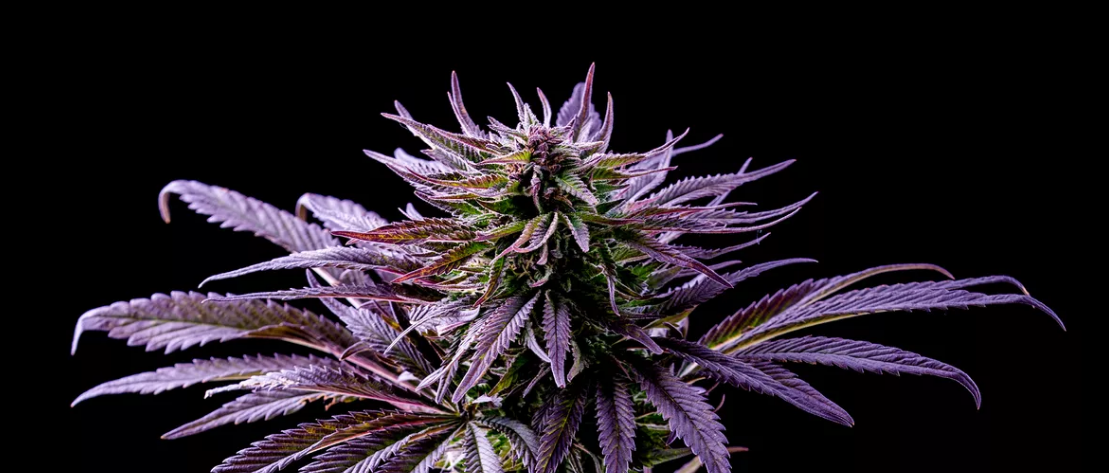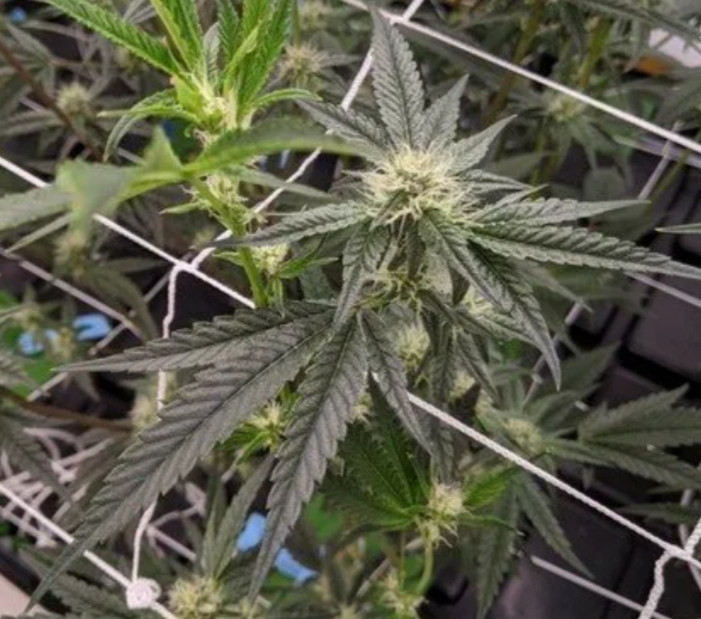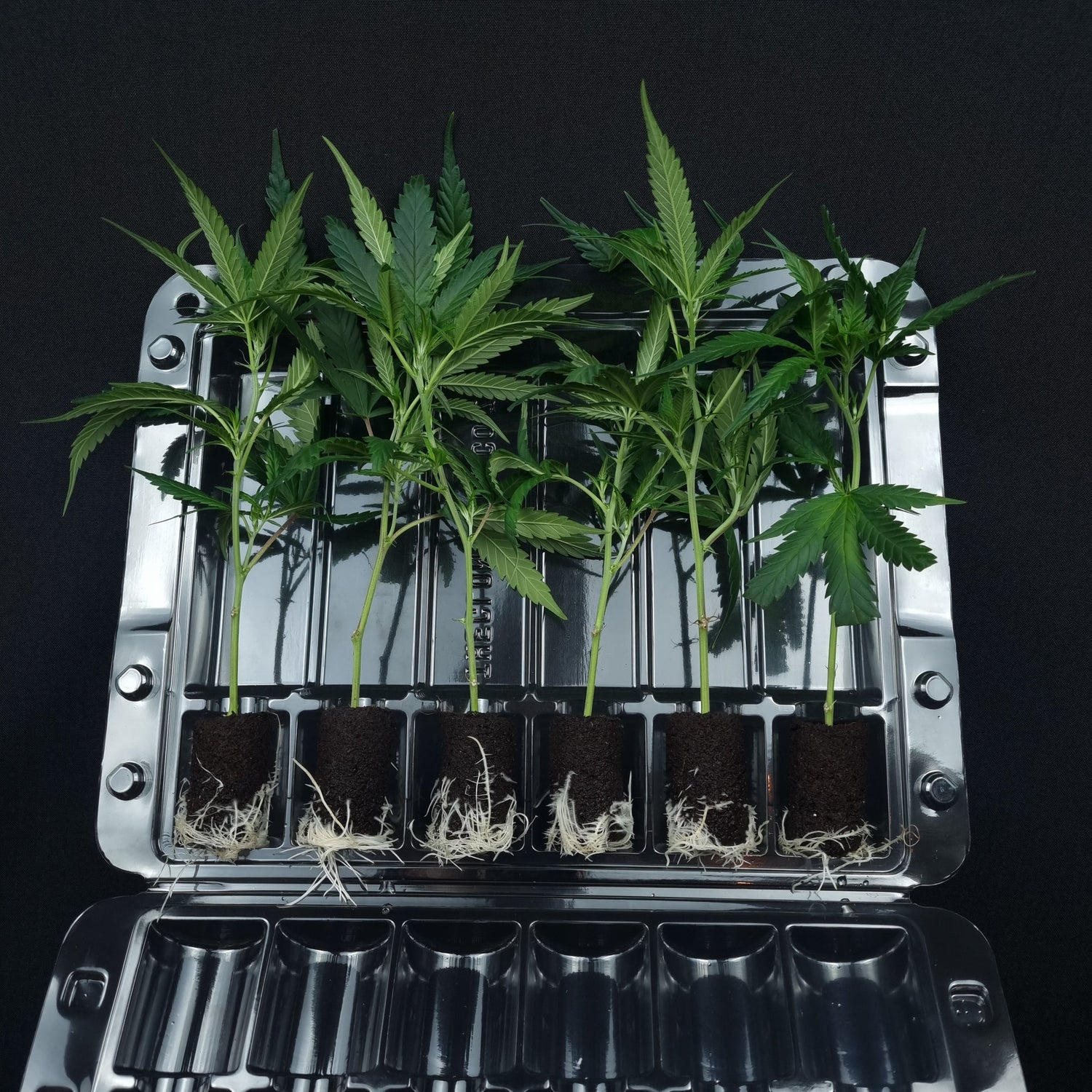In Part 1, we touched on our introduction to growing Cannabis and how you can achieve it.
Today we dive into the most important factors to consider when planning your grow.
- About Cannabis
- Genetics
- Lighting
- Substrate
- Where to grow? (Greenhouse, Indoor, Outdoor)
- Fertilizer
- Environment (Temperature, Humidity, Co2)
ABOUT CANNABIS:
Cannabis is a plant from the Cannabaceae family, which also includes hops (Beer & Cannabis, nice). Cannabis is an angiosperm (Produces flowers & Seeds) and is an annual plant (It dies after fruiting, and needs to be replanted). Cannabis is also Dioecious, which means you get males and females.
Male cannabis produces pollen, and little to no cannabinoids, which makes it unattractive to the home grower who has no interest in breeding. Female cannabis produces fruits/flowers, which are the bud's we desire to grow for our consumption, as these buds produce oils and resin that is made up of Cannabinoids (Cannabis oils). These oils are what contains the most desireable cannabinoid; Tetrahydrocannabinol. THC is what gives cannabis its potency. Cannabis, like almost every plant, photosynthesizes. Photosynthesis is the process in which a plant utilises Carbon Dioxide (CO2), light and water, to create carbohydrates and Oxygen (O2), which is released back into the atmosphere.
GENETICS:
Genetics are the most important factor to consider when growing cannabis. Much like any sort of farming, stronger genetics can help improve yield and output, while minimising time, work, costs and risk. Without strong genetics, all other factors (fertilizer, lighting) are wasted.
Good Cannabis genetics are hard to find. You can either purchase seeds from reputable breeders, or you can purchase clones from reputable clone banks. The Clone Club purchases seeds, and grows them out to test them. We then keep the best ones and make them available to you, with a large variety to suit your needs and preferences.
Genetics factors to consider include:
- Is it easy to grow?
- What does the bud look like?
- Does the plant flower quickly?
- Is the plant vigorous?
- How much does the plant yield?
- Is the plant resistant to pests, disease and environmental stress?
- Is the bud potent?
- Does the bud have a good smell and terpene profile?
- How much does it stretch?
These are the same factors The Clone Club utilises to select only the best cultivars to resell.
LIGHTING:
When growing outside or in a home greenhouse, your light source is the sun, so that's already taken care of. When growing indoor, you will need light to supplement the plant's energy needs. Much with anything, you can always have too much light, and it's important to make sure that you are in a comfortable range for your setup. It's also important to consider that different lights have different spectrums (The colour of the light). We will touch base on this in depth in a later part of our grow guide.
A good rule of thumb: An inexperience grower can yield about 0.5-0.8 grams per watt of light used, in a tent. So if you have a 200 watt light, you can expect 100-160 grams of bud. Another rule of thumb, without Co2 supplementation, anything over 450 watts in a tent is usually overkill. The plant needs extra Co2 to be able to utilise extra light.
Types of lighting:
There are different types of cannabis cultivation lighting, that have different purposes and Pros and Cons.
- High Intensity Discharge lights: These are traditional lights that use globes to provide light. You have the choice between using Metal Halide Globes (MH, Whiter Spectrum, better for Vegetative stage), High Pressure Sodium Globes (HPS, Redder Spectrum, Essential for the flowering stage but can also be used in Vegetative Stage), and lastly, Ceramic Metal Halide (CMH, a metal halide with a slightly 'warmer' temperature colour, making it effective for the full life cycle of the plant. These are cheaper to purchase than LEDs, but run hotter and have a higher power draw, and therefore cost more to run for less overall output and efficiency.
- Fluorescent Globes. You will recognise these energy efficient globes from your house. They can be used for cultivation but are not very effective (Low wattage = low yield). They are however, great for small grows, as well as propagation and germination.
- Light Emitting Diode Lights (LEDs). These are growing in popularity with indoor cultivators as they draw less energy, have more efficient output and give off less heat in a grow room, which means less demand for cooling and environmental control. These are also great for full cycle useage, and new technology is always coming out around the world to improve efficiency, total output and quality of your crop's end product.
- Every grower has a different preference to using lighting and spectrums, you will notice some growers like to combine different types of lights to provide a combination of spectrums to the plants.
SUBSTRATE:
In basic terms, this means "What am I going to grow the plants IN, and what am I going to feed them?"
Your first thought will be "Ok well I can just go buy some potting soil at the nursery down the road". This wouldn't be incorrect, but it wouldn't be correct either. There are many approaches to Cannabis substrate, and they also have their own pros, cons and preferences to suit a grower's style.
Different Substrates Include:
- Coco Coir
- Soil (Peat)
- Blends of Coco & Soil (Promix)
- Rockwool
- Water (Hydroponics)
- Air/Mist (Aeroponics)
This boils down to if you want grow organically or synthetically.
Organic Growing means the plants get their food from Organic Matter. This matter, for example, could include composted bananas, which is a good source of Potassium, which the plant needs. However this compost needs to be mixed into the soil and then broken down by microbes and worms in order for the plant to utilise it. This is what's called living soil. Living soils contains a wide range of organic matter, with a wide range of living microbes which break down the organic matter create a healthy and sustainable environment in the root zone, providing the plant with the required food it needs to survive and thrive. You can purchase premixed cannabis soil which includes all the microbes and organic matter required.

Synthetic Growing means the plants get their food from salt based fertilizers which are mixed into water and then ready to be taken up by the plant's roots. It is also said that any type of synthetic growing is considered 'Hydroponic' because the plants get their food from the water, not from the soil like organic growing.


Coco, Rockwool, Deep Water Culture, NFT, Flood & Drain & Aeroponics are all different styles of Hydroponic growing, although some growing like to grow with a bit of a mix of the two philosophies. For example, A grower might grow hydroponically, but also add microbes to improve root zone health.
You also get Aquaponic growing, where plants sit in water and get their food from soluble organic matter, like fish faeces.
A good analogy to compare Synthetic and Organic Growing is like when you go out to eat. Synthetic growing is like a buffet. The food is ready, and you take what you need, and you can eat as much as you like, however, there is risk of overeating. Organic growing is like going to a restaurant. You have to order the food, and wait for the kitchen (Microbes) to process and prep the food for you. This is generally a bit slower, but much more forgiving with no real risk of overeating, but your order can also be made incorrectly by mistake.
FERTILIZER/NUTRIENTS:
All living things needs food. Luckily for us, people have figured out what food cannabis needs most in order to survive and thrive. With farming you focus on Macronutrients & Micronutrients;
Macronutrients:
- Nitrogen
- Potassium
- Phosphorus
Micronutrients:
- Calcium
- Magnesium
- Iron
- Zinc
- Manganese
- Boron
- Copper
- Molybdenum
- Nickel
- Chlorine
- Cobalt
All of the nutrients play vital roles in plant health. Not only does the plant need most of these to thrive, but most of them also play different roles with regards to nutrient uptake and nutrient transportation.
You'll hear a lot about a balanced nutrient mix as well as nutrient ratios. These are important to understand as an imbalanced nutrient mix will affect your plants ability to utilise all of the elements, and the wrong nutrient ratios will affect yield and quality of your final product. All plants require a different Nitrogen, Phosphorus and Potassium (NPK) ratio, and these ratios change at different stages of plant growing.
Any decent fertilizer or organic living soil will be produced with the correct balancing and ratios for your plants as well as the recommended recipes of how to mix and use them throughout the plant's life cycle. Don't be afraid to ask us for recommendations on either.
ENVIRONMENT:
Temperature and Humidity are the most important environmental factors to consider when planning your grow.
Too hot or too cold will stress the plant out, causing problems, loss of yield and loss of quality. Too humid or too dry will affects the plants ability to breath (Transpire) and will case yield and quality loss.
Cannabis has a wide range of temperatures and humidities that it is comfortable in. Generally speaking anything between 14-28 degrees C and 45-65% Humidity is safe. A good rule of thumb, if it's too uncomfortable for you, it's too uncomfortable for your plants. You can control these factors using an air conditioner, humidifier and dehumidifier, to help stay within range.
We tackle environment in much deeper details further into the advanced part of our How To Grow series.
We hope part 2 was informative enough to help you build confidence to get you started on your growing journey, as well as familiar enough with important concepts, to understand how to achieve your cultivation goals!
Check out part 3: The Life Cycle of Cannabis, for the next step in your cannabis educational journey.





